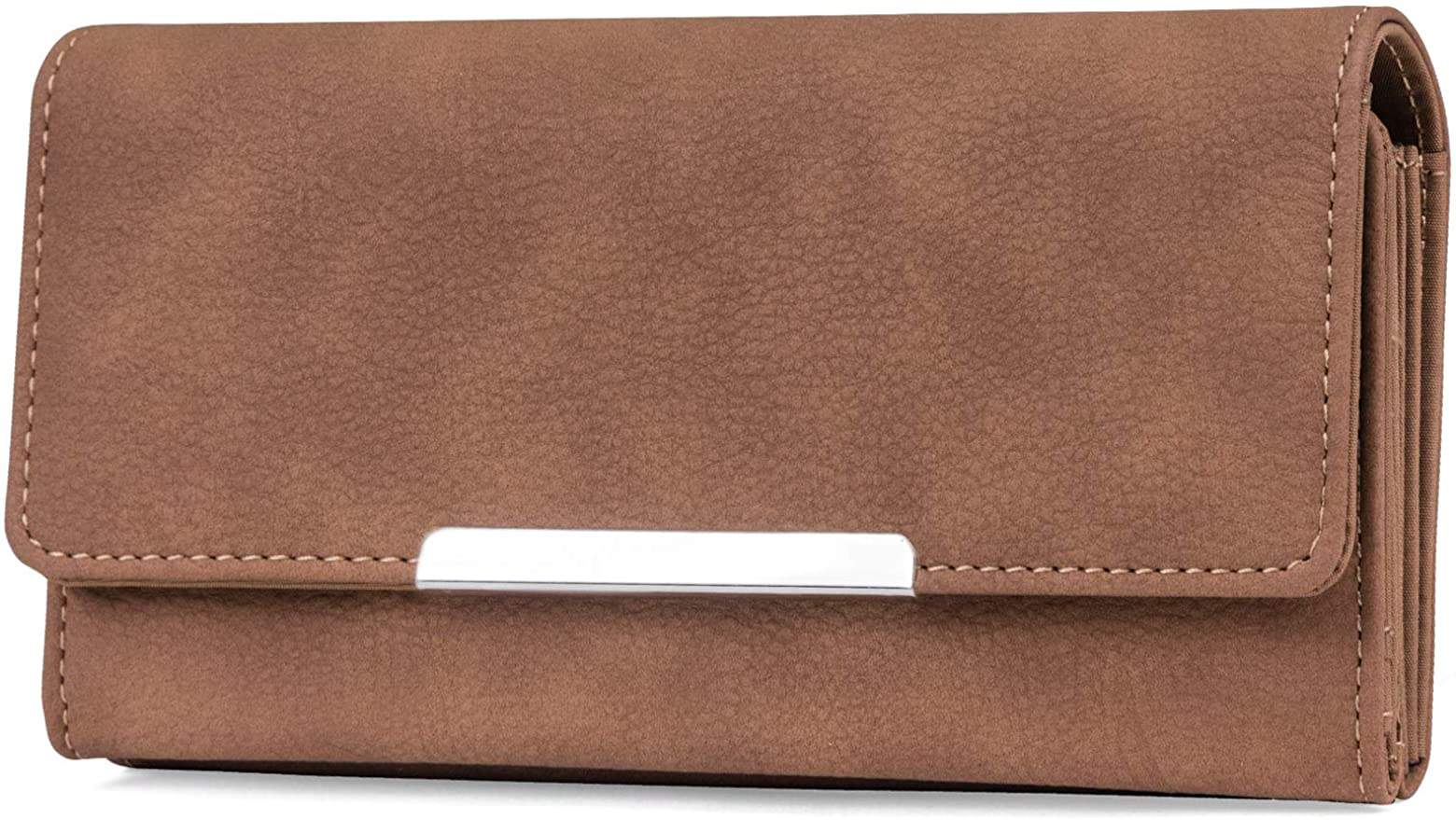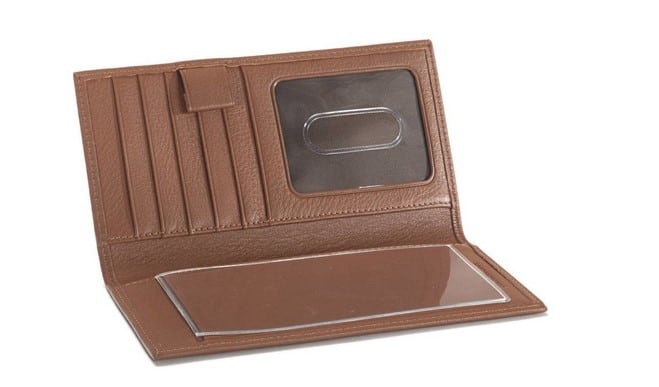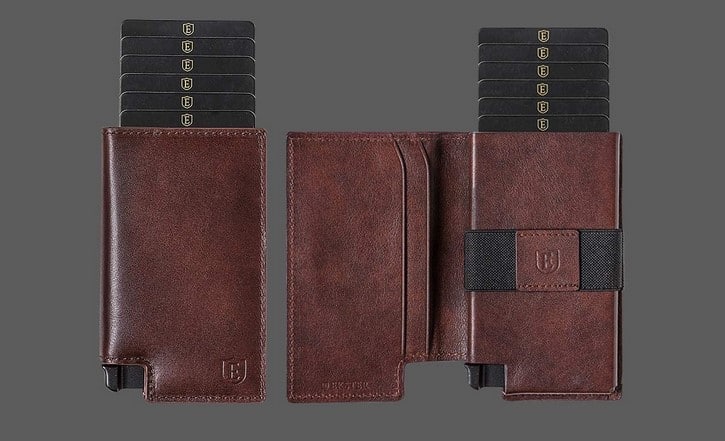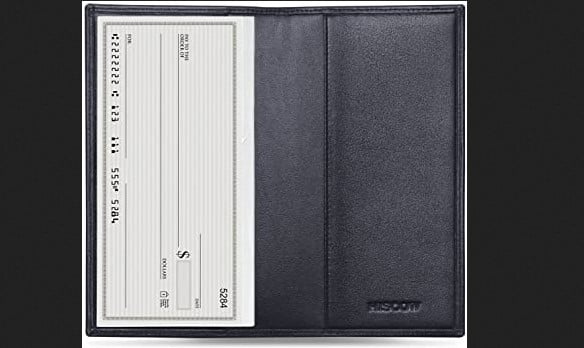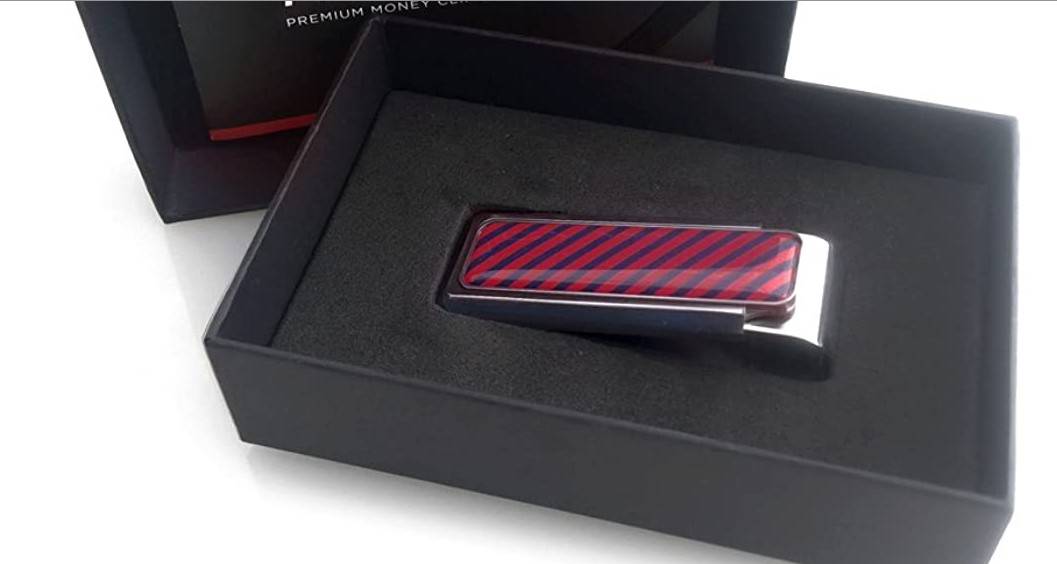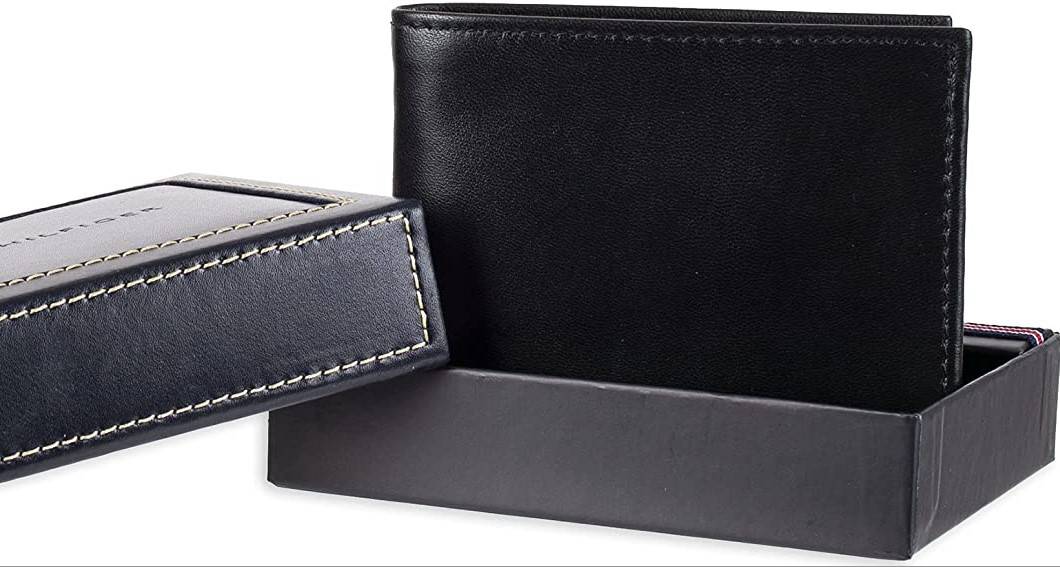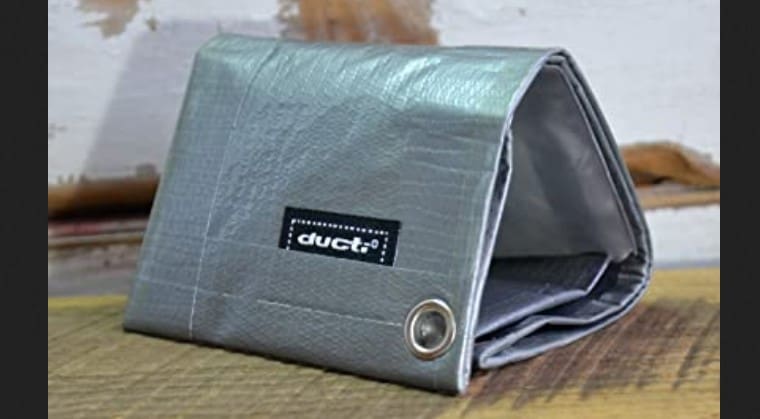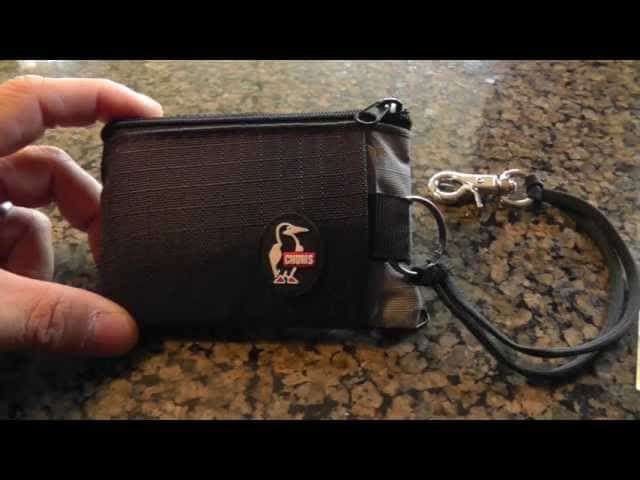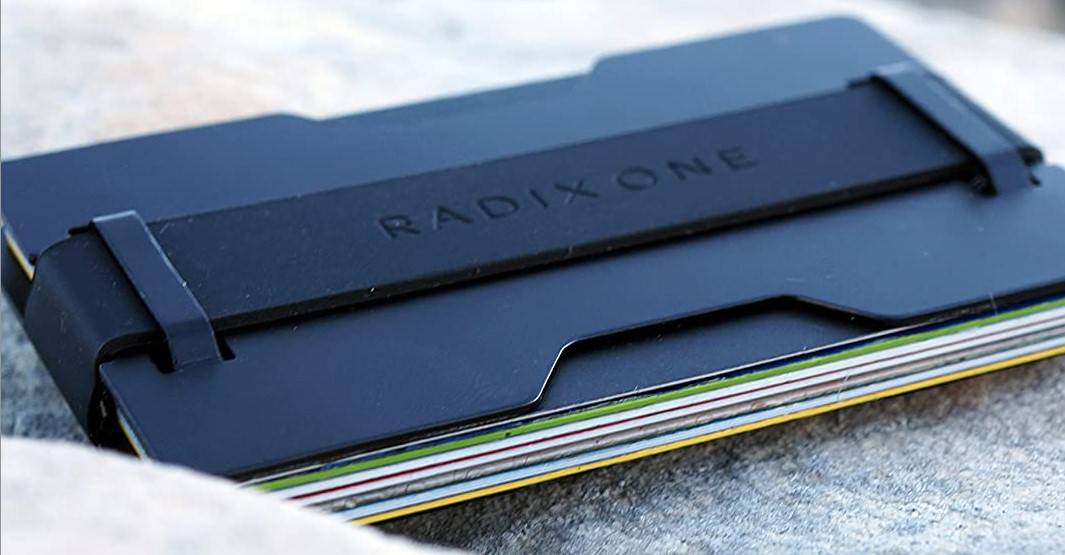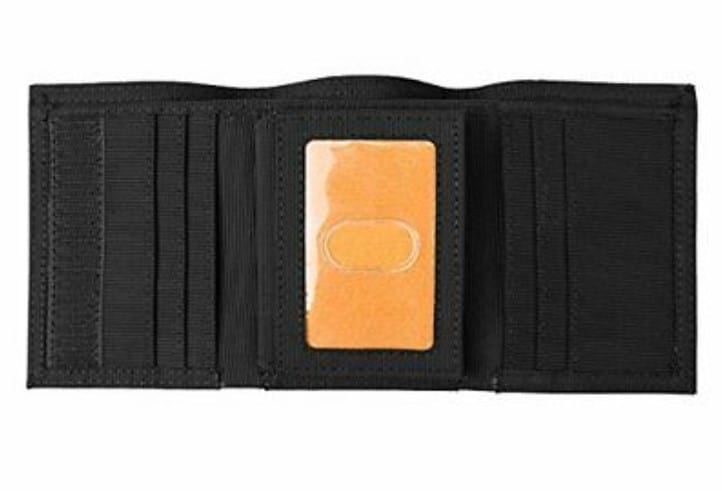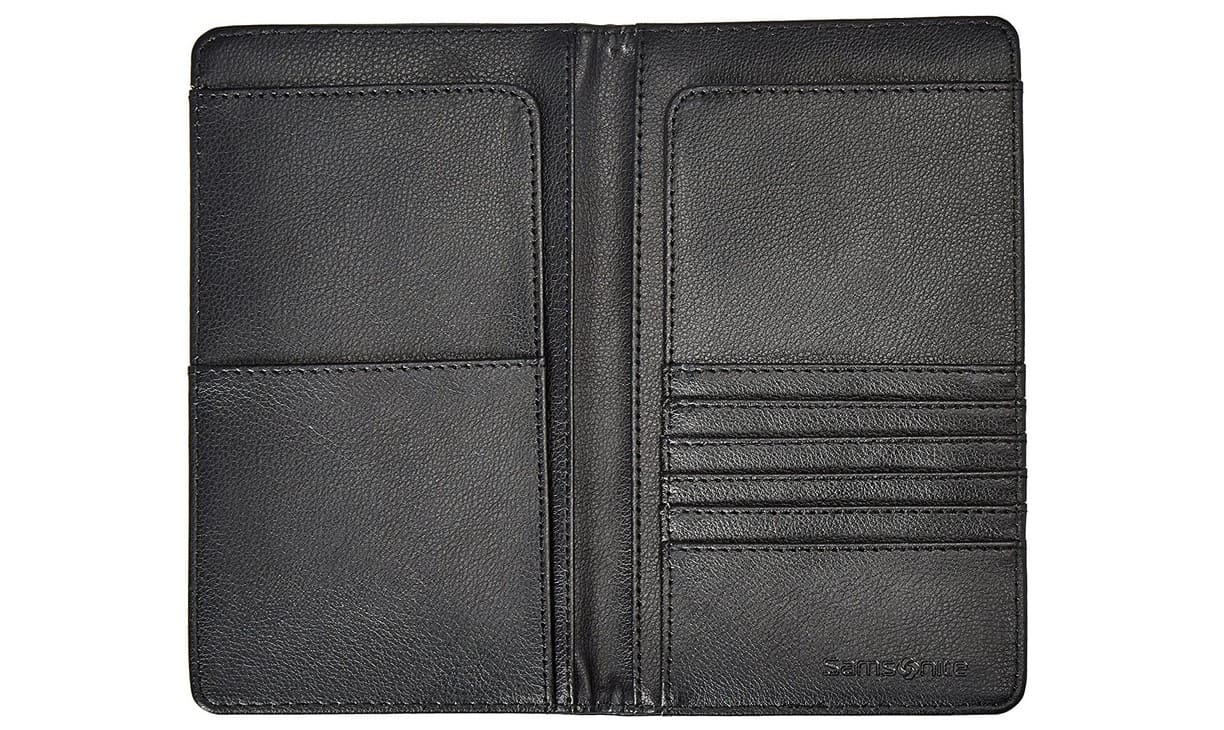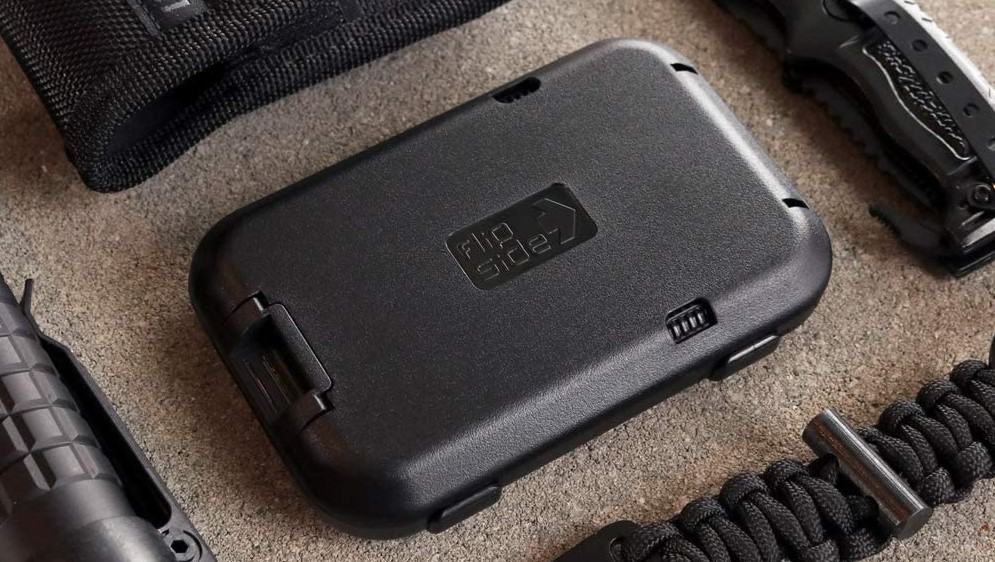After taking a long look–no pun intended– at the options out there we’ve put together a list of the best refractor telescopes for the money. Since telescopes run a huge range of sizes and prices, we’ve narrowed it down to the best telescopes for citizen and amateur astronomers, beginning star gazers and even birdwatchers. If you’d like to check out some more quality pieces, check out our review of the best outdoor gear.
Our top pick for the best refractor telescope, the Gskyer 600 x 90mm Telescope, is a stellar value with its bright f/6.7 focal ratio, fully coated optics and set of three different eyepieces with a Barlow lens for 3x extra magnification.
Top 7 Best Refractor Telescopes Compared
#1 Gskyer 600x90mm Refracting Telescope
Award: Top Pick
WHY WE LIKE IT: A larger aperture and brighter focal ratio- f/6.7–than just about any refracting telescope at this price, plus it’s easy to set up and maneuver with its adjustable aluminum tripod. It’s great for budding astronomers at the intermediate to enthusiast level, and makes a great gift for a middle or high school student.
- Easy to set up, requires no tools
- Correct image prism, so you’re not looking at in inverted image
- High magnification eyepieces
- Manual sighting, so may not be for beginners
- Too bulky to be really portable
- No camera attachments included
The Gskyer 600mm x 90 mm refracting telescope is a great mid-range choice for amateur astronomers. It has enough magnification and good enough optics to show the rings of Saturn, provided you know where to point it, that is. Luckily, this backyard telescope comes with an adjustable, swiveling and panning tripod so it’s easy to change direction.
It also benefits from high quality optics with anti-reflective blue coating, a helpfully bright f/6.7 focal ratio and a set of three eyepieces as well as a Barlow lens for magnification. The eyepieces are 25mm, 10mm and 5mm, giving you up to 120x magnification.
#2 Celestron Astromaster 70AZ Refracting Telescope
Award: Honorable Mention
WHY WE LIKE IT: This 900mm refracting telescope features an upright image, includes helpful astronomy software and a finder scope. It makes a great choice for beginning amateur astronomers or high school age astronomy enthusiasts.
- Includes a finder scope
- Includes starry night educational software
- Comes with 2-year warranty and tech support
- Steel tripod heavier and bulkier than the Gskyer’s aluminum tripod
- No Barlow lens for extra magnification is included
- Relatively narrow 70mm aperture
A great introduction to stargazing, this Celestron telescope benefits from a long focal length and includes some useful features such as a finder scope, tripod with fine azimuth and altitude control and it even comes with educational Starry Night software.
While it is not as bright as some other refracting telescopes out there, such as the Gskyer (our top pick) or the Meade Star Pro (our #3 choice,) this Celestron 900 x70mm telescope is a relative bargain at less than half the cost of those wider aperture telescopes. The slimmer design also makes it more portable, and the very highly rated Starry Night software makes it easier to make sense of what you’re looking at among the stars. While it is designed with students of astronomy and beginning stargazers in mind, the Celestron also makes a great back-up instrument for more experienced hobbyists. If you work up a sweat in the process, the best coolling towel will come in handy.
#3 Meade 234004 Star Pro Refracting Telescope
Award: Best Enthusiast
WHY WE LIKE IT: A high-quality instrument with a wide 102-mm aperture and 204x total effective magnification, the Meade Star Pro lets you see more distant objects than any other refracting telescope on our list. It’s great for intermediate-level astronomy enthusiasts or citizen astronomers wanting to see features like Jupiter’s moons.
- Wide 102-mm aperture, 660 mm focal length and f/6.5 focal ratio for bright, high magnification viewing
- Includes astronomy software
- Vixen-style dovetail lets you use different optical tubes for even more magnification
- Larger and heavier, at 20 lbs than most on our list
- Tripod takes a little longer to set up than that of the Gskyer
- DVD-based software not as convenient as the Starry night app of the Celestron (our #2 pick )
The 660 x 102mm Meade Star Pro refracting telescope features high quality optics with fully coated glass and offers the brightest view of any of the refracting telescopes on our list. It also includes three different eyepieces with low, medium and high magnification as well as a Barlow lens. It’s suitable for viewing nebulae, constellations, planets and the rings of Saturn. It comes with a specially designed tripod that features two high precision, slow motion cable controls for azimuth and altitude, so you can find the spot you want to look at in the night sky.
This Meade refracting telescope comes with Auto Star Suite Astronomer Edition software on DVD. It also comes with a very handy smartphone adapter, letting you take pictures with your iPhone or other smartphones through the eyepiece. Also, check out the Meade Instruments Infinity 102mm Refracting Telescope which has the same wide telescope aperture and an f/5.9 focal ratio, which will come in handy for your next celestial object hunt. Speaking of hunt, the best carabiner is quite handy for those outdoor hunts.
#4 MaxUSee 70 mm Telescope
Award: Best for Travel/Budget Friendly
WHY WE LIKE IT: Compact size plus some sophisticated features like a useful 3X magnification Barlow lens for the eyepiece make this bargain 400 x 70 mm telescope worth a look. It’s great for the traveling hobbyists, such as birdwatchers, amateur stargazers and astronomy students.
- At less than 17” it’s the most compact telescope on our list
- Includes a prism so the image appears upright, as on higher-end models
- Includes adjustable universal smartphone adapter
- No software included
- Less magnification than most models on our list
- Not as bright as telescopes with a larger aperture such as the 102-mm Meade Star Pro (our #3 pick)
The MaxUSee 400 x 70mm telescope is a great starter scope for young space enthusiasts. A relative bargain, it includes advanced features like a diagonal prism so that the image you see appears right-side-up, a Barlow lens for increasing the eyepiece magnification, and a spotting scope. It also comes with an adjustable universal smartphone adapter, great for taking and sharing pictures of the images seen through the telescope.
The MaxUSee 400 x 70 is also a great travel telescope. It weighs just over five pounds and comes with a backpack so it’s easy to pack up and take with you. It may not be as bright or magnify as much as some higher end astronomy telescopes, but its shorter focal length also makes the MaxUSee more useful for terrestrial viewing activities like bird watching or whale watching.
#5 Orion Observer 80 ST Telescope
Award: Best Travel Enthusiast
WHY WE LIKE IT: This equatorial mount rich field refractor telescope has a very bright f/5.0 focal ratio for sharp, beautiful images, along with some high-end usability features. It’s great for hobbyist stargazers on the go since it renders a high quality image yet weighs just 10 pounds.
- Fast f/5.0 focal ratio for bright images of the moon and inner planets
- Fully coated high quality anti-reflection optics
- Equatorial mount tripod for smooth balancing and adjustments
- Doesn’t magnify as much as some similarly-priced options such as the Celestron (our #2 pick)
- Doesn’t come with a phone or camera adapter
- Because it uses a telescope-industry specific tripod mount, it’s not as easy for beginners to set up
The Orion Observer 80 ST is a refracting telescope designed for enthusiasts and somewhat knowledgeable amateur citizen astronomers. It provides a very bright image thanks to its f/5.0 focal ratio. It comes supplied with an equatorial mount and a tripod brimming with astronomer-friendly handling features like super-smooth slow motion azimuth and altitude controls.
Portability is another plus for the Orion Observer 80 ST, since it’s less than two feet long overall and the tripod folds up smoothly. Weight is around 10 lbs, making it lighter than most enthusiast models with comparable image quality and features.
#6 ECOO 70mm Telescope for Kids Beginners Adults
Award: Best Budget for Kids
WHY WE LIKE IT: An affordable and ultra lightweight, small telescope that’s very easy to set up. It’s great for kids, students in beginning astronomy classes and even birdwatchers.
- Weighs just 4 pounds
- Comes with fully coated optics, a finder scope, and two eyepieces
- Tripod and mount included for a no-tools-required setup
- At 70x360mm, doesn’t offer the magnification that larger single refractors do
- No fine-tuning azimuth or altitude controls
- No smartphone adapter included
The ECOO 70mm is a great starter telescope since it includes many of the features of the bigger, more expensive single refractors on our list while coming in a bargain friendly price point and weighing only about 4 pounds. This 18” telescope also comes with a carrying bag so it’s extra portable, making it even more useful for daytime terrestrial activities like bird-watching in the fields. Its narrow-is 70mm aperture and lower magnification might even be an advantage for such activities.
It also makes a great gift and is among the most kid-friendly telescopes on our list, since it requires no tools for set up and is easy to point. While it lacks the fine-tuning adjustments like slow motion azimuth and altitude controls and the high magnification as found on the Meade Star Pro (our #3 pick) the ECOO 70mm provides a great intro to refracting telescopes.
#7 TELMU 70mm x 400 mm Telescope
We’re sorry, this product is temporarily out of stock
Award: Best Budget
WHY WE LIKE IT: Convenient and easy to set up, the TELMU comes with all you need to start amateur astronomy or get a closer look at the moon, plus the included phone adapter makes it easy to take and share photos of the moon’s features. It’s great for middle school science fair hopefuls as well as casual astronomers wanting a telescope that’s easy to travel with.
- Includes phone adapter
- 24-month warranty
- Includes a travel backpack for portability
- At 400 mm focal length, offers less range than the (more expensive ) Meade Star Pro
- Tripod max height of 35” is shorter than the tripods from Gskyer and Meade
- Less magnification than the longer telescopes such as the Gskyer (our top pick)
The TELMU 70mm aperture refracting telescope is a great budget choice for beginning astronomers and it makes a great gift for any middle-grades age kids 8-13 who are into science and outer space. Lighter and shorter than most of the telescopes on our list, the TELMU is under 18” end to end and weighs less than six pounds. It even comes with a free backpack for travel.
While it doesn’t offer the kind of brightness or absolute magnification you get with higher end models like the Meade Star Pro (our #3 pick) the TELMU is easier to carry around. Its more modest range makes it fun for daytime terrestrial observation–think birdwatching– as well. Another good telescope for amateur astronomers is the Sky-Watcher Pro 80Ed which has a focal ratio of f/7.5.
- Features to Consider
In searching for the best refracting telescope on the market, we made sure to highlight models for beginning hobbyists and students alongside telescopes designed for more serious amateur astronomers. - Focal Length
Focal length determines how long the telescope is physically and also how “zoomed-in” of an image you see. Hobbyist telescopes typically range from 350 mm on the short side to about 900 mm. Our # 2 pick, the Celestron, has the longest focal length on our list. The products mentioned here also have focal ratios that range from between f/5.0 to f/8.0. - Aperture
Aperture is the width of the lens; the bigger the aperture, the more light a refracting telescope can gather and thus, in general, the brighter and higher quality an image you’ll see. For popular and affordable single refractors, the aperture widths range from 60 mm to just over 100 mm. The Meade Star Pro, our #3 pick, features a 102 mm aperture, the widest on our list. - Optical Coating
For our top picks for best “enthusiast” refracting telescopes, we narrowed it down to only models that featured fully coated anti-reflection optics. This feature cuts down on chromatic aberration and glare and lets you see finer details. - Eyepieces and Prisms
The best refracting telescopes use a diagonal prism to flip the images right-side-up. Sometimes called a star diagonal, this feature corrects the inherent tendency of refracting telescopes to “flip” the images. - Tripod and directional controls
A good tripod is important to hold the telescope steady since when you’re looking at the stars and the moons of other planets, even the tiniest wobbles can make the image disappear. For this reason, we selected for our list of the best refracting telescopes models that included a quality tripod and at least some form of fine tuning azimuthal and altitude controls. Some, such as the Meade Star Pro, our #3 pick, are distinguished with slow motion control knobs. - Spotting Scope
A separate spotting scope helps you point the telescope toward where you want to look. Some of the higher end models on our list such as the Orion Observer, our #6 pick, include red dot markings with the scope.

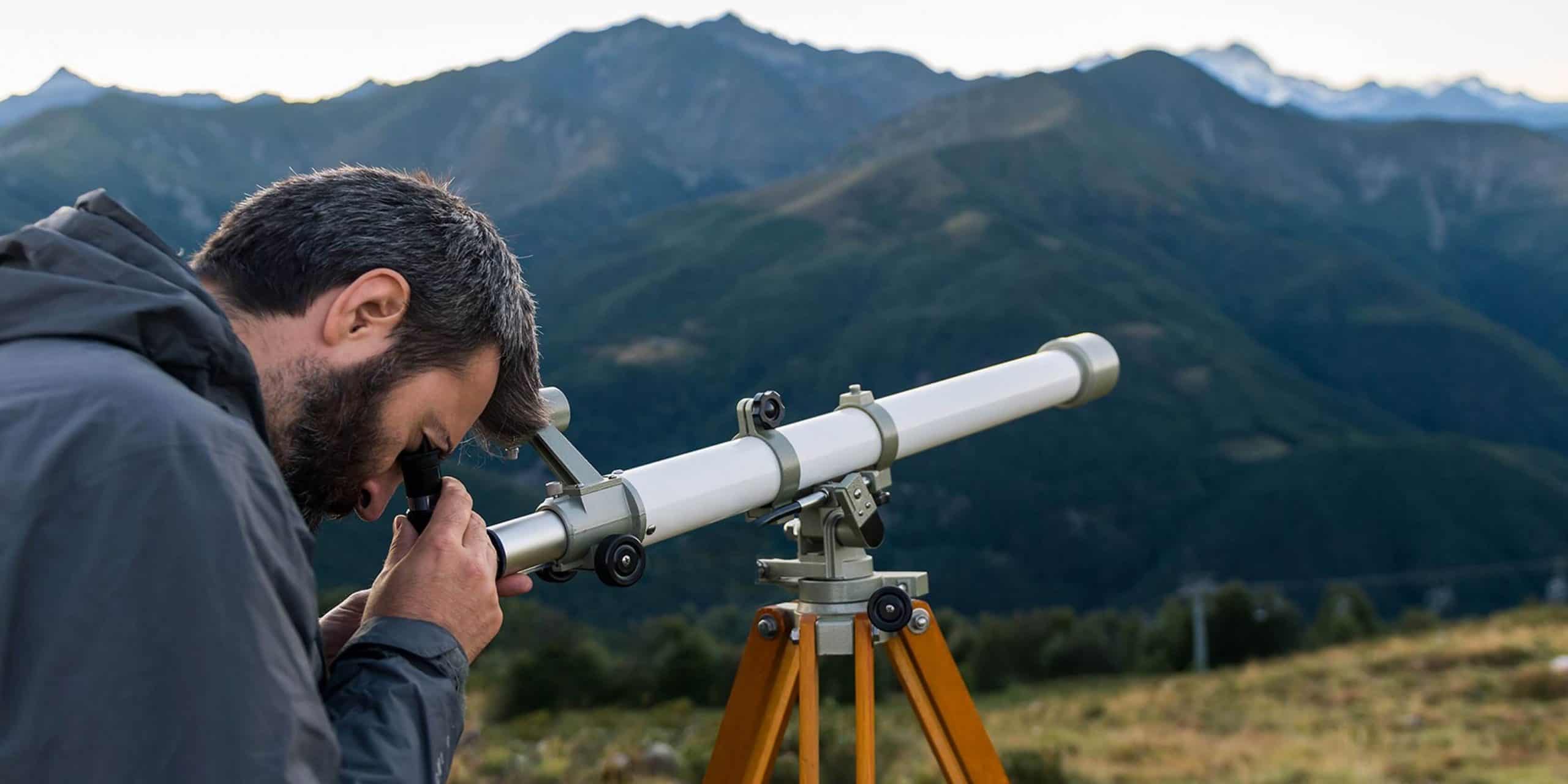










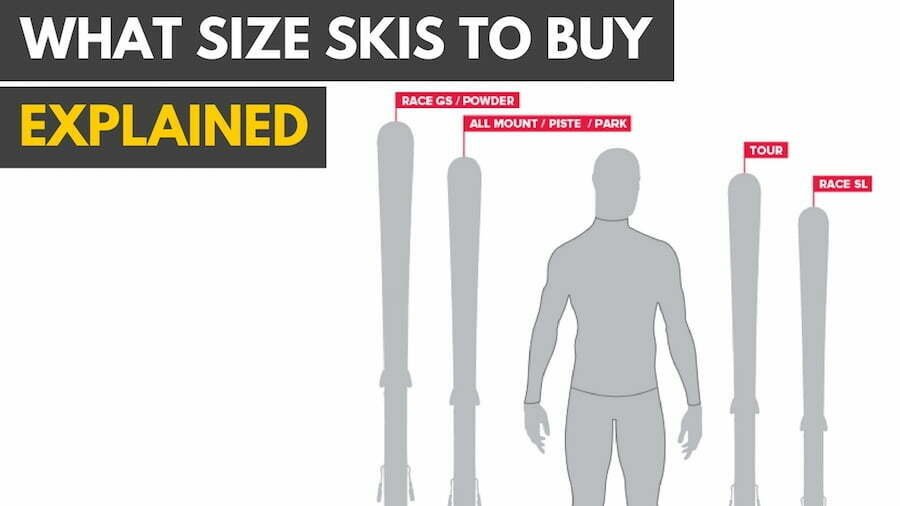





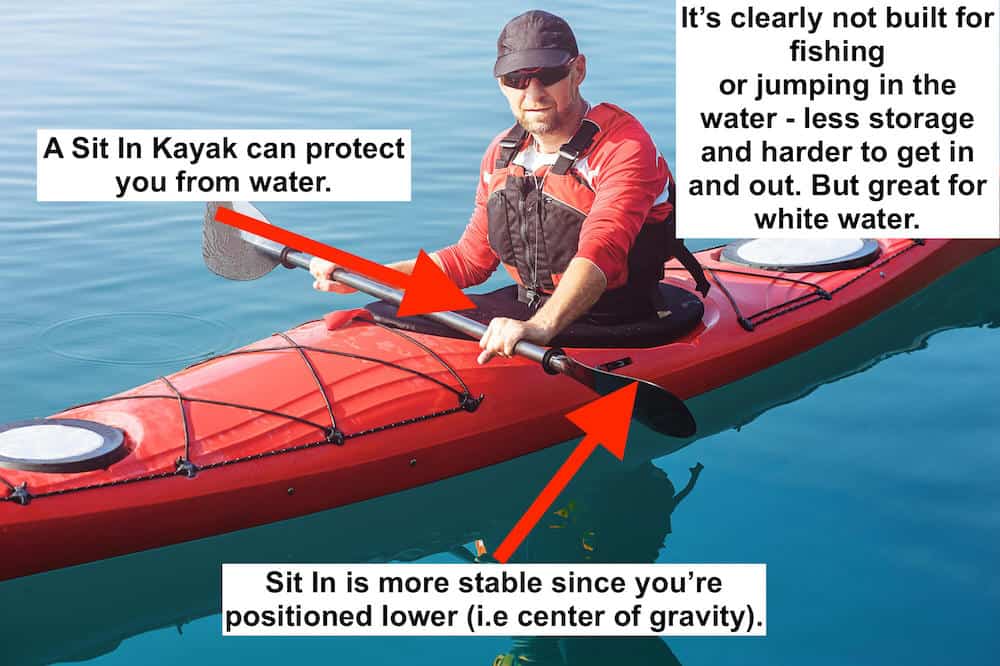


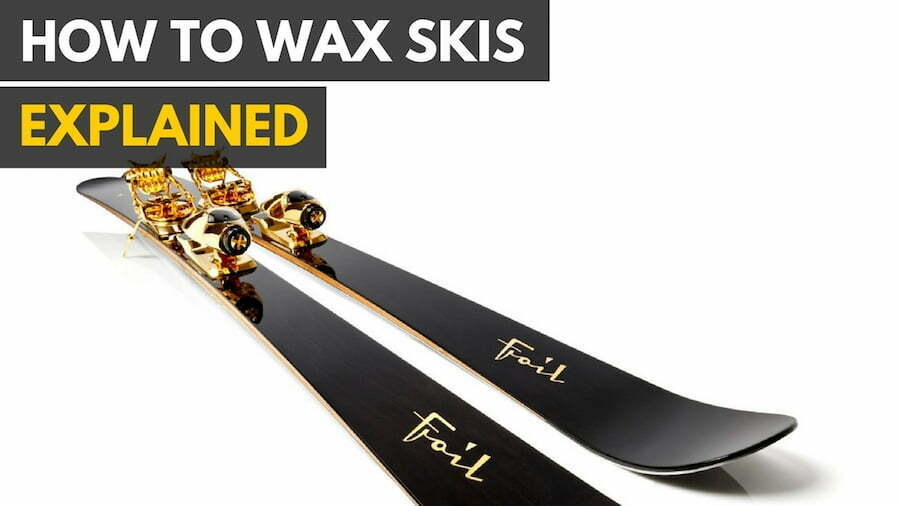
![Best Clothing & Apparel in [year] ([month] Reviews) 26 Best Clothing & Apparel in 2026 (January Reviews)](https://www.gadgetreview.dev/wp-content/uploads/best-clothing-apparel.jpg)
![Best Skis in [year] ([month] Reviews) 27 Best Skis in 2026 (January Reviews)](https://www.gadgetreview.dev/wp-content/uploads/Elan-Amphibio-84-Ti-Best-Skis.jpg)
![Best Camping Gear [year] ([month] Reviews) 28 Best Camping Gear 2026 (January Reviews)](https://www.gadgetreview.dev/wp-content/uploads/Campingbox_21-1.jpg)
![Best Water Bottle in [year] ([month] Reviews) 29 Best Water Bottle in 2026 (January Reviews)](https://www.gadgetreview.dev/wp-content/uploads/best-water-bottle-image.jpg)
![Best Running Shoes in [year] ([month] Reviews) 30 Best Running Shoes in 2026 (January Reviews)](https://www.gadgetreview.dev/wp-content/uploads/best-running-shoes-image.jpg)
![Best Umbrellas in [year] ([month] Reviews) 31 Best Umbrellas in 2026 (January Reviews)](https://www.gadgetreview.dev/wp-content/uploads/best-umbrellas-image.jpg)
![Best Sleeping Bags in [year] ([month] Reviews) 32 Best Sleeping Bags in 2026 (January Reviews)](https://www.gadgetreview.dev/wp-content/uploads/TETON-LEEF.jpg)
![Best Kayak in [year] ([month] Reviews) 33 Best Kayak in 2026 (January Reviews)](https://www.gadgetreview.dev/wp-content/uploads/best-kayak-image.jpg)
![Best Tents in [year] ([month] Reviews) 34 Best Tents in 2026 (January Reviews)](https://www.gadgetreview.dev/wp-content/uploads/Nemo-Equipment-Losi-Tent-e1475246573851.jpg)
![10 Best Front Pocket Wallets in [year] 35 10 Best Front Pocket Wallets in 2026](https://www.gadgetreview.dev/wp-content/uploads/Best-Front-Pocket-Wallet.jpg)
![10 Best Wallets for Apple Card in [year] 36 10 Best Wallets for Apple Card in 2026](https://www.gadgetreview.dev/wp-content/uploads/Best-Wallet-for-Apple-Card.jpg)
![10 Best Wallets for Women in [year] 37 10 Best Wallets for Women in 2026](https://www.gadgetreview.dev/wp-content/uploads/best-wallets-for-women.jpeg)
![10 Best RFID Wallets in [year] 38 10 Best RFID Wallets in 2026](https://www.gadgetreview.dev/wp-content/uploads/Best-RFID-Wallet.jpg)
![10 Best Chain Wallets in [year] 39 10 Best Chain Wallets in 2026](https://www.gadgetreview.dev/wp-content/uploads/Best-Chain-Wallet.jpg)
![10 Best Wristlet Wallets in [year] 40 10 Best Wristlet Wallets in 2026](https://www.gadgetreview.dev/wp-content/uploads/Best-Wristlet-Wallet.jpg)
![10 Best Travel Wallets in [year] 41 10 Best Travel Wallets in 2026](https://www.gadgetreview.dev/wp-content/uploads/Best-Travel-Wallet.jpg)
![10 Best Smart Wallets in [year] 42 10 Best Smart Wallets in 2026](https://www.gadgetreview.dev/wp-content/uploads/best-smart-wallet.jpg)
